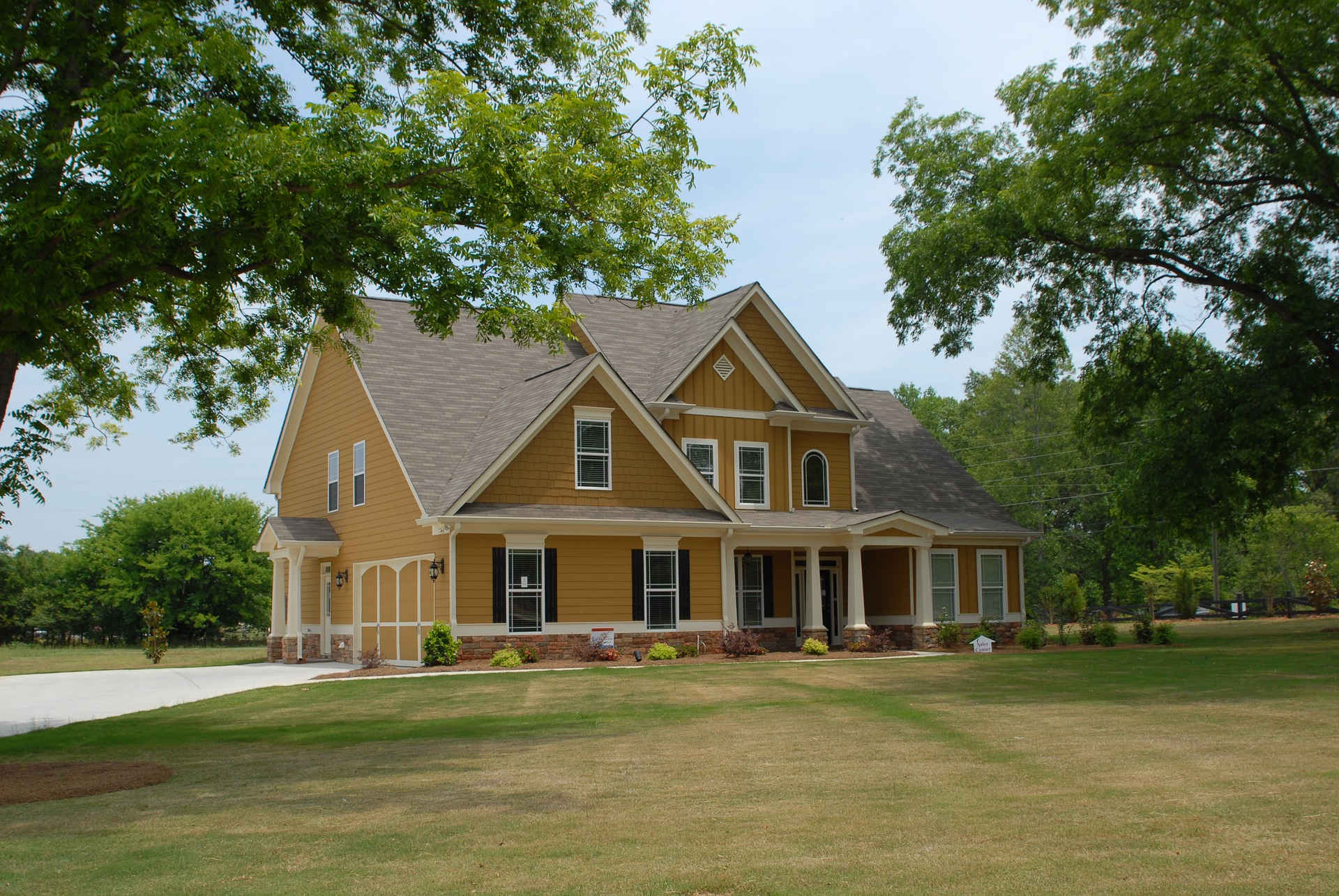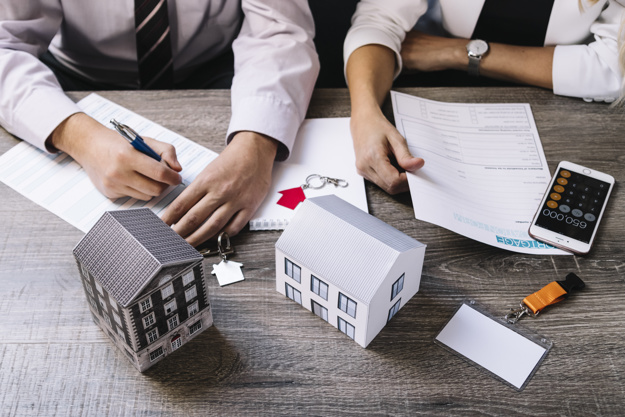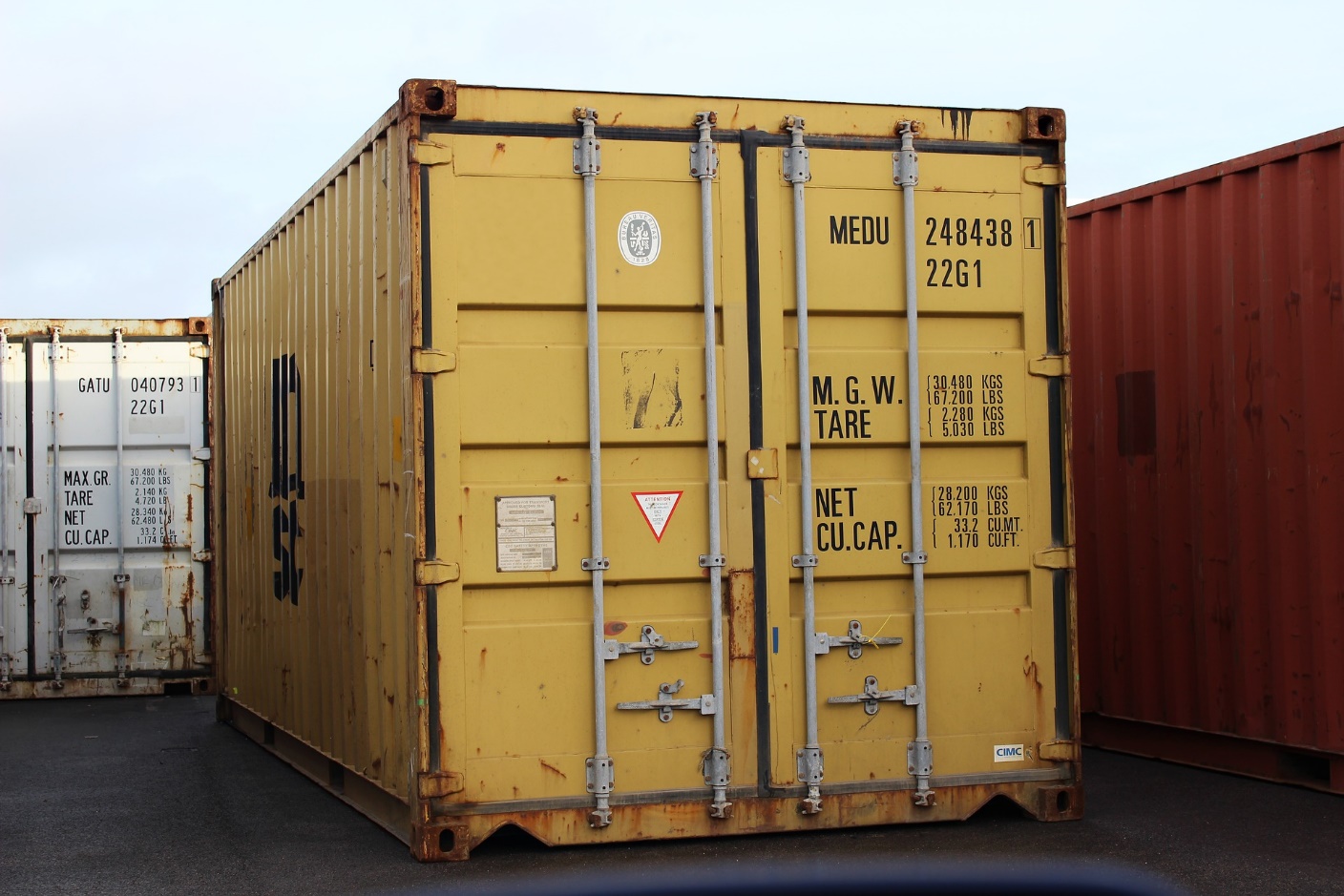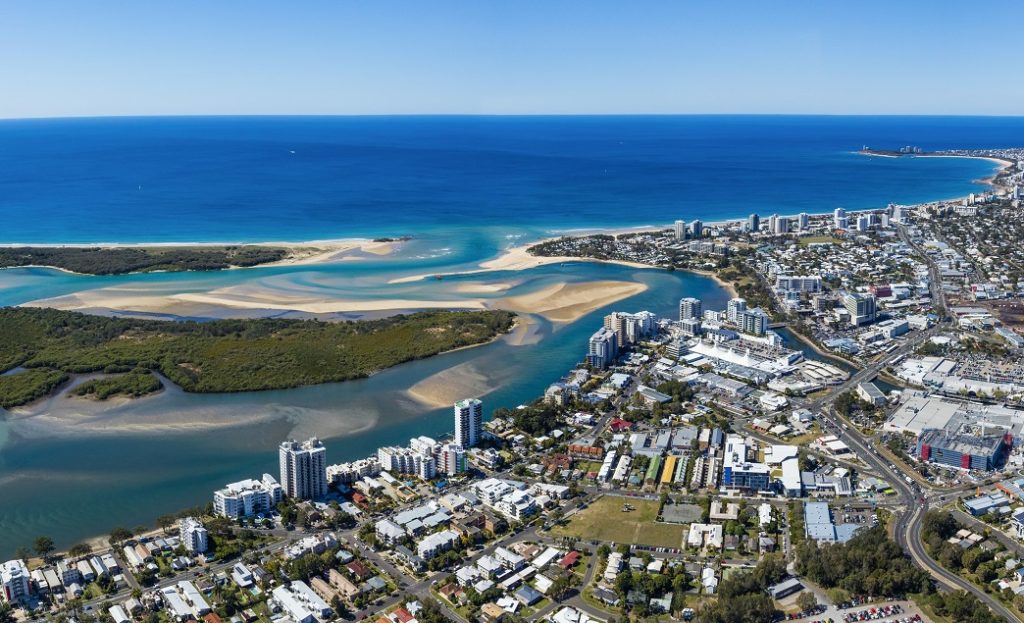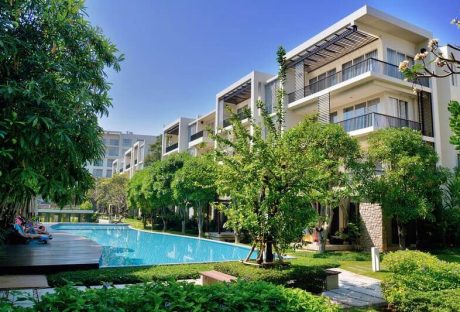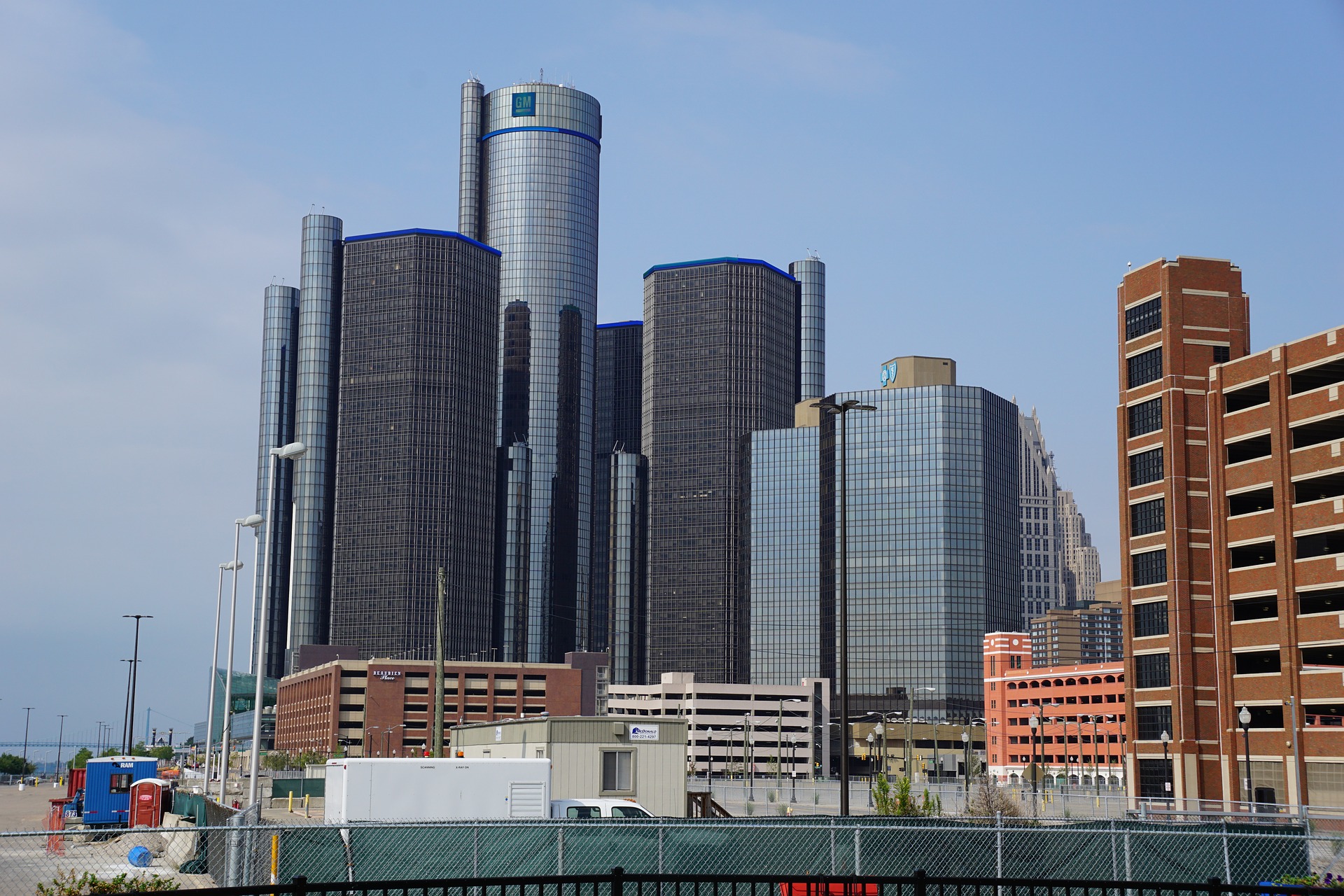Do you already own a house and are you thinking of buying another one? The purchase of a second home is usually decided in order to enjoy a rest or family vacation. Having a second home is a dream that many families want to make, and during the summer it can be an ideal time to choose that desired home. A second house offers the possibility of unique moments, especially in summer.
These are the benefits of buying a house for a vacation or another household. But before making a decision, do the following:
Think about your goals:
You may want a holiday home that you can visit during the holidays. Alternatively, maybe after your retirement, you might want to lay back and enjoy your retirement years. This can also be a vacation home, which you can leave for your children after you pass away.
If you are looking for tax deductions as an incentive for buying your second house, you are doing it right. However, a lot of it boils down to how you are going to use the second home. There are differences in terms of insurance coverages as well when it comes to a second home.
A vacation home cannot be brought like an investment that will generate income. The difference can run into thousands of dollars. So, before you actually purchase a second house, you need to settle this debate.
Thoroughly go through the actual figures and numbers:
To begin with, you need to consider the mortgage factor. You really need to decide whether you want to invest your life’s savings as a down payment. You also need to plan on where the second mortgage might come from.
If you are sorted on the above two fronts, you need to start looking at some other avenues of additional expenditure that you might incur for your second home.
These might include issues like-
- Taxes on Property,
- Insurance of the house,
- House Maintenance Annual Charges,
- Redesign and repairs,
- furniture and fees for property management
What will your tax depend on what kind of a property you are planning to buy? Before you do anything, it would be wise to seek expert opinion from a tax professional.
He will be able to give you the complete picture on what are some financial expenditures you might be looking at in the future.
You might also be interested in knowing whether you will get tax breaks or interest deductions on your new home.
Establish a Budget:
Establish a budget for the purchase of a second home is important because it will be key when calculating the mortgage fee. The budget should include the initial expenses of buying a house. Choose several areas to track to find your second home.
It is important to be clear about what use is going to be given to the property and depending on it, choose the area. Do not focus only on one geographical location, consider several options and make sure you have the necessary services for the purpose of buying the house.
The distance will be important since you can always be in the availability to make use of your second home whenever you feel like it.
Know your mortgage options:
A bigger chunk of the payment is made at the down payment stage ensures lesser monthly installments. This, in turn, will make your borrowing from the bank of a lesser denomination. However, there is a huge difference in the interest rates of loans that are households for primary residences, and households that are deemed to be vacation homes.
One of the experts that you should definitely see is a Loan Officer. This professional is the best person to aid and advise you on your requirements. He will also be the best person to tell you about the qualifications that are required for the loan processing stage.
The typical procedure involves the loan officer apprising you of your current economic status and suggesting which loan packages will suit you the best. He will also take a look at your proposed dream home before making the suggestion.
If you apply for a loan at banks where you are already a customer, you might get some additional benefits.
The process itself might get easier, as the bank would already know of your economic and financial holdings and advise you accordingly.
Beware of fashionable places:
Every so often a city becomes fashionable as a holiday destination. Be careful with the places that are fashionable among the majority of the population because prices are usually much more expensive and, in addition, travel to them is complicated.
Traffic jams to go and to return, queues in the supermarkets, shops, and other businesses, 100% occupation … There are some problems arising from going to summer to the best destination.
Final Thought:
If you are planning to purchase a second house, please be rest assured that it will be a huge life-changing decision for you and your family. However, if you play your cards right, you might just be able to have the most comfortable retirement holiday home. This is where experts can help you make an informed and well-calculated decision.
Read Also:













